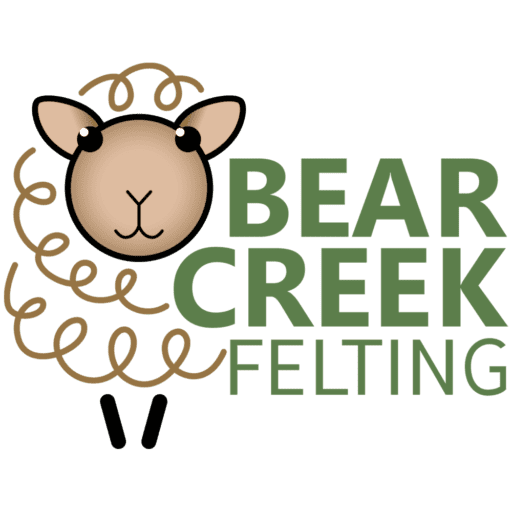 In today’s society, there’s a real desire to get back to basics. Perhaps it came from the rise of farm-to-table restaurants? Or maybe it sprouted from consumers realizing that some of the best goods are being curated right in their own neighborhoods? Whatever it may be, it’s amazing that people are seeking transparency before they buy into a product, store, or business!
In today’s society, there’s a real desire to get back to basics. Perhaps it came from the rise of farm-to-table restaurants? Or maybe it sprouted from consumers realizing that some of the best goods are being curated right in their own neighborhoods? Whatever it may be, it’s amazing that people are seeking transparency before they buy into a product, store, or business!
Like many other industries, knitters, felters, and crafters are starting to take a closer look at where, and how their materials are sourced. Sure, it’s easy to swing by your local craft store and pick up the items you need. But do you know where that wool came from? Can you tell the quality by looking at it? Would you be happy to buy this product if you knew about how operations were handled back at the factory?
Yes, this all sounds like quite a lot to think about when you’re just going to buy a simple piece of wool to work on a design. But this tiny decision can make a huge impact—not only on the outcome and quality of your project but the sustainability of the industry as a whole.
In its natural form, wool is a versatile and highly sustainable material. And when produced at the local level, wool can be quite a renewable, and low impact resource…plus it’s biodegradable. After all, sheep produce wool on their own!
However, when you consider the mass production of these materials, and the conditions under which the sheep and wool are maintained, there is certainly a dark underbelly to the industry. Some of the wool purchased from big chain stores can also leave you feeling frustrated when the materials don’t work the way they should…especially for beginners!
When you connect with a local farmer, your buying experience is completely different. With each piece you buy, you get a piece of the land, the soul, and the hard work that was put into raising those sheep. Not to mention, the quality and maintenance are on an entirely different level.
Here at Bear Creek, we specifically focus on raising and breeding our sheep to have the best wool for felting! You simply can’t get that kind of passion and attention to detail when you shop at a major store.
As a community, crafters have to stand for the quality of the products we use for the projects we love. You wouldn’t look at a fast food restaurant to feed your family a healthy meal, and you shouldn’t look at fast-fashion or textiles for sustainable, quality materials.
If you want to source the best wool and supplies for felting, go ahead and have a look at one of our DIY needle felting kits to test the difference in quality! And if the opportunity to learn new felting techniques sounds like the next step in your crafting journey, I’d love to invite you to join our Needle Felting Academy!




